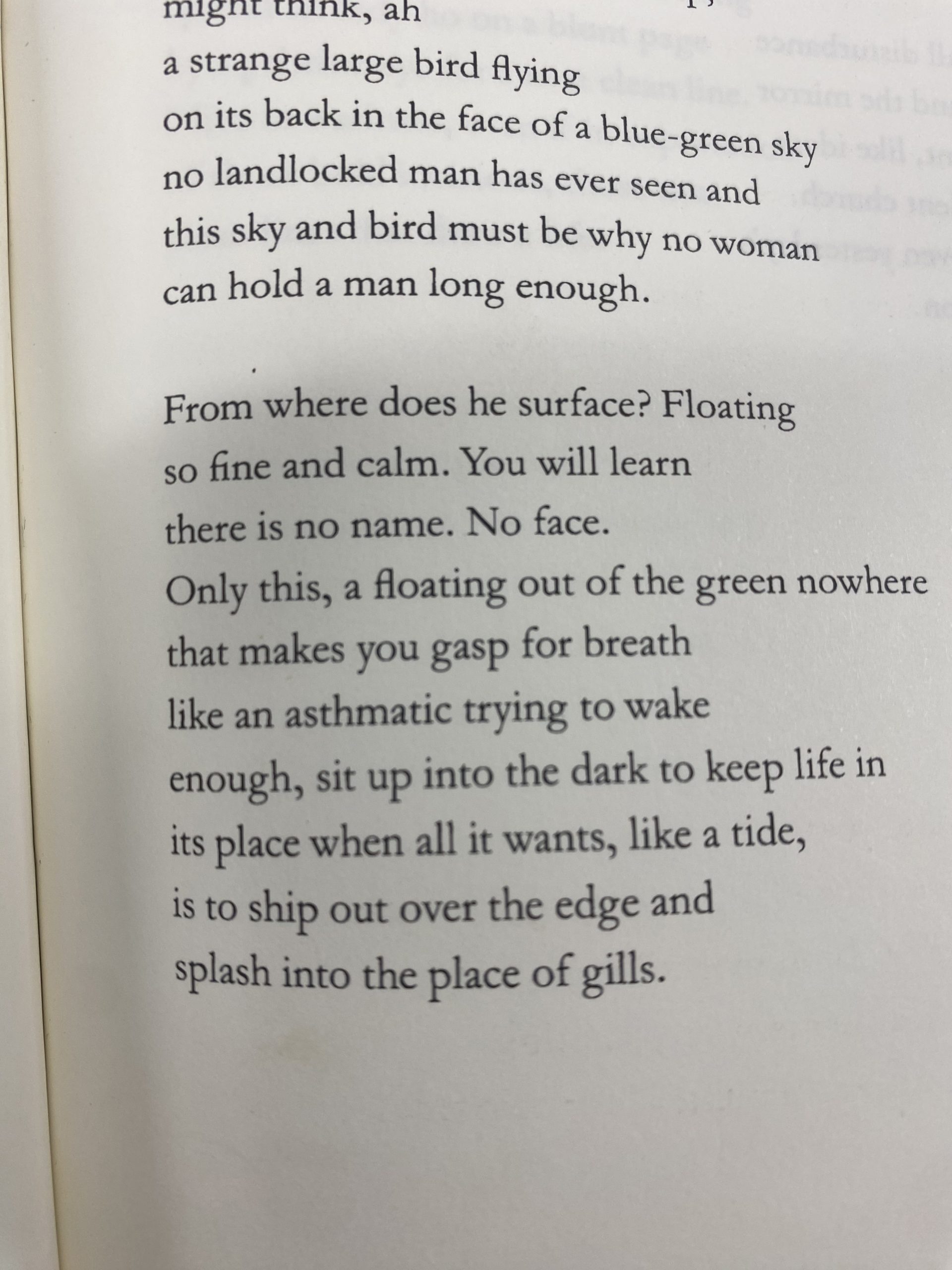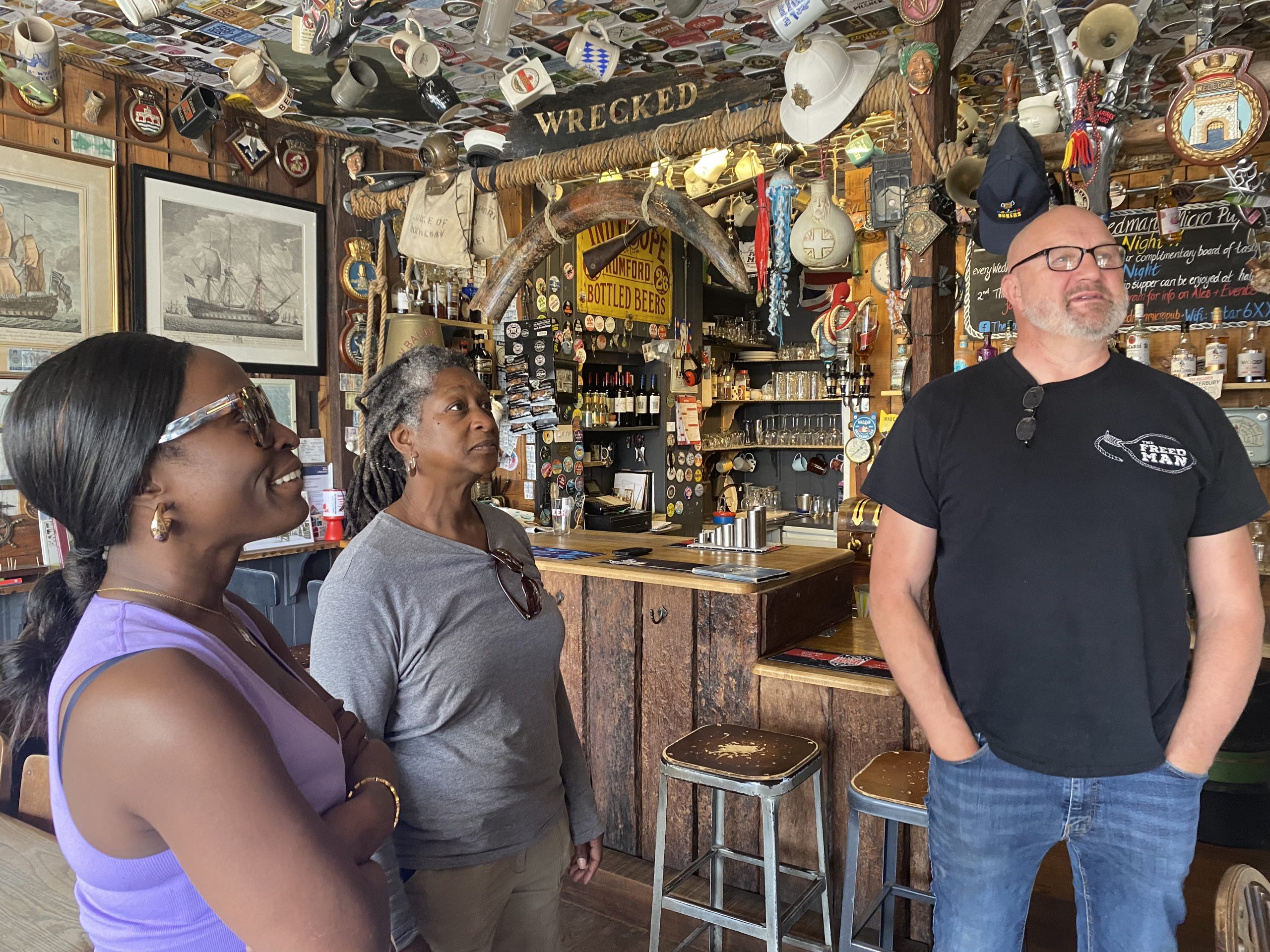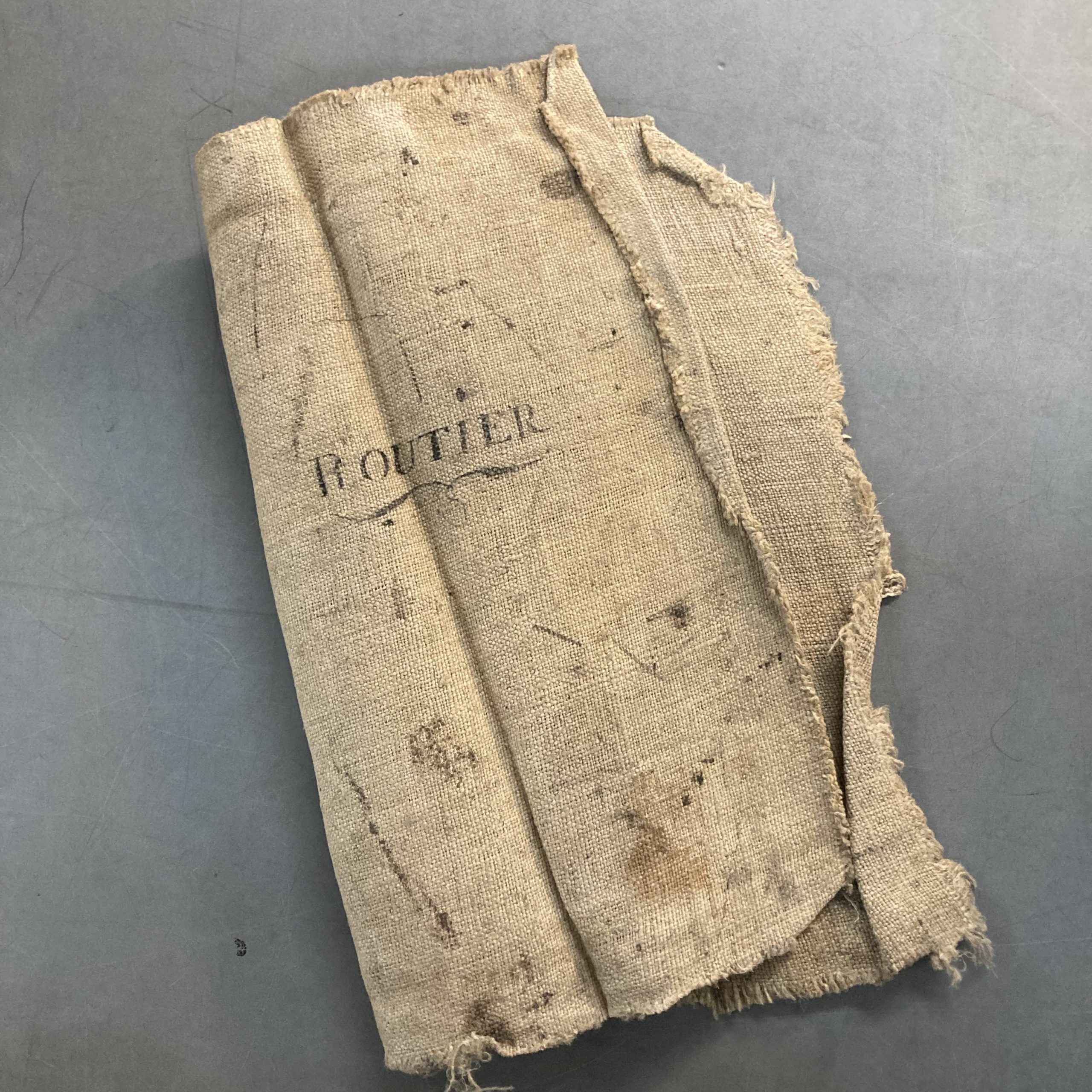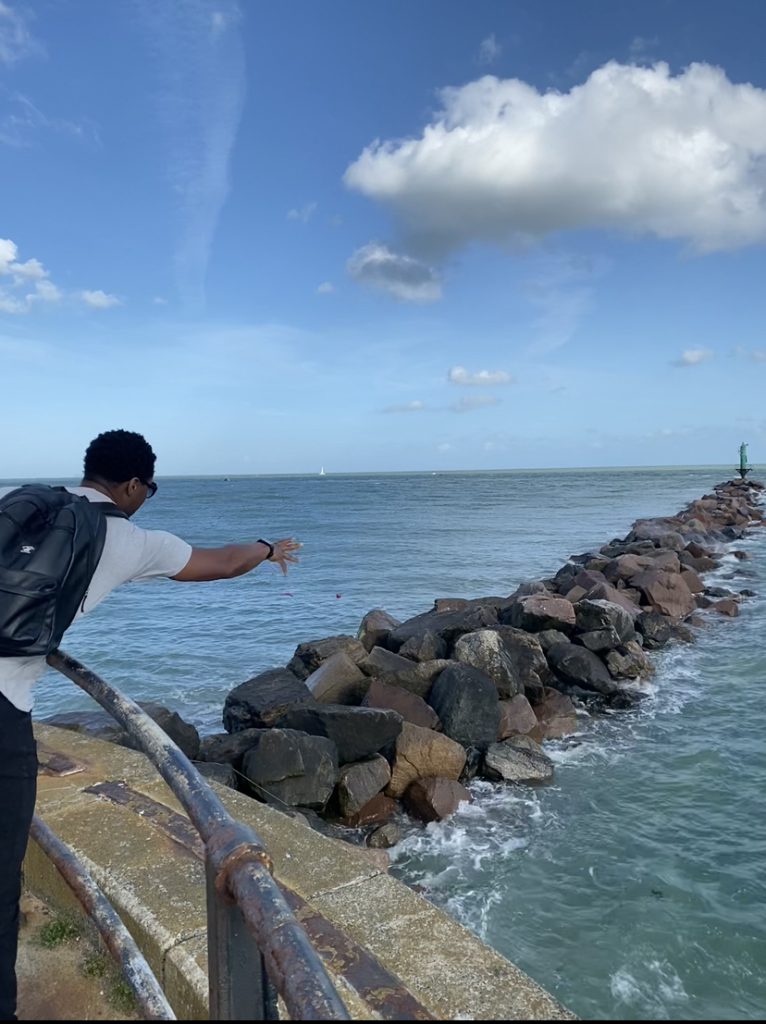Thames Estuary Sunken Slave Ships Heritage Project

The Thames Estuary Sunken Slave Ships Heritage Project is a grass-roots, unfunded, community led project based in Margate, seeking to uncover new knowledge of slave ships which lie sunk in the waterways to London. These ships have thus far remained unknown or unexplored. The project has so far identified archival records of 12 London-based ships that trafficked enslaved people across the ocean and then sank in or around the estuary. It has also identified more than 40 sinkings of London-bound ships which took sugar, cotton, ginger and other material history attached to enslaved people in British colonies, to the bottom of the sea. The lists generated are the first of their kind.

As well as uncovering new information on the ships and tracing their voyages through the archival records, the project tries to uncover something of the unnamed people trafficked aboard them and asks what might have been experienced during the crossings, what forms of kinship, communication, community, culture and resistance were likely to have been maintained or developed inside the ships’ now sunken and close-by holds.
Since the beginning, the project has always been engaged with what the presence of nearby sunken slave ships means for our coastal community. The first discussions of how to hold the new knowledge of the sunken ships off the coast of Margate took place with fellow members of People Dem Collective – a Black, Brown and Diaspora community group in the town. One of the most important starting points was a shared recognition of the submerged ships as extremely important and, to many of us, sacred spaces.
The other starting point was that prior tellings of this history, in this place, especially J.M.W Turner’s infamous painting known as ‘The Slave Ship’ which he painted while he lived in Margate and in which he depicts massacred bodies of ancestors sinking in this sea, have not been helpful or fair ones. We felt it was time we began to hold and share those histories in our own ways. These ways take inspiration from how our ancestors held and conveyed histories, and the ways that our traditions have sought to deal with erasure – creatively, through music, art, imaginings and with community always at the centre. It was also agreed that there is no one right way to tell the stories of the ships that will speak for everyone. The project recognises the different relationships with the ships that will be experienced within, and beyond, our community and seeks to create spaces for artists, creatives and community members who identify with this heritage to experience or respond to it in their own ways in their own voices. So far, some of the stories uncovered in the research have been explored in a mural by artist Catherine Chinatree, in a visual conversation with artists James Jordan Johnson and Christina Peake, in music with the SoulArk Ensemble, sound installations and an archive of shells, sound and memories created by Margate community members.
The physical search for the ships which is in its early stages, is also being led, resourced and people-powered by our community. Thanks to Soul-Ark keyboard player James Hynes – who also happens to be the first person of Black heritage to join Margate sailing club in its 100 years of existence, we have begun explorations by boat, and with help from local salvagers we have traced and contextualised material wreckage from ships of the period connected to former colonies which still occasionally washes up on shore, such as African elephant tusks and 18th century coins and pottery.
Another dimension of the project being worked on by some community members recognises that since the ships were places of passing for so many people who were denied the rites and rituals that would have allowed them to become ancestors within their own communities, and since our own community at the water’s edge has been impacted by the historical severing of ancestral ties, the new knowledge of the ships represents an opportunity to explore the possibility of reconstructing a shared community between the living and the spirits of those that passed away on the boards lying just offshore – those who may be embraced as adopted ancestors. Several rituals of healing, repair and connection have so far taken place at sites relative to the shipwrecks.

The next phase of the project will involve retrieving the last documents relating to the Estuary sunken ships which are held (in physical form only) in archives in the United States. We are also raising funds to acquire a sonar scanner which will allow us to examine known areas of unidentified debris on the seabed, and for scuba training for a team of community members who will help search the water.
This project has always been unfunded and maintained by voluntary work and community-power. Although we haven’t yet been able to secure our own funding to run the project, several well established, often white-led organisations and individuals have been able to secure funding for themselves on the basis of their working with us or with the information we are uncovering and original ideas we are generating. Our work with such organisations has often been expected for free, or in exchange for platforming, or for small payments that don’t cover our costs. Community-power and donations are therefore essential to running the project.
If you’d like to offer time, energy, a skill or get involved in this project, or if you’d like to make a donation, please use the links below.
All donations go towards funding this specific collaborative project with People Dem Collective and no other work I’m involved in.






























